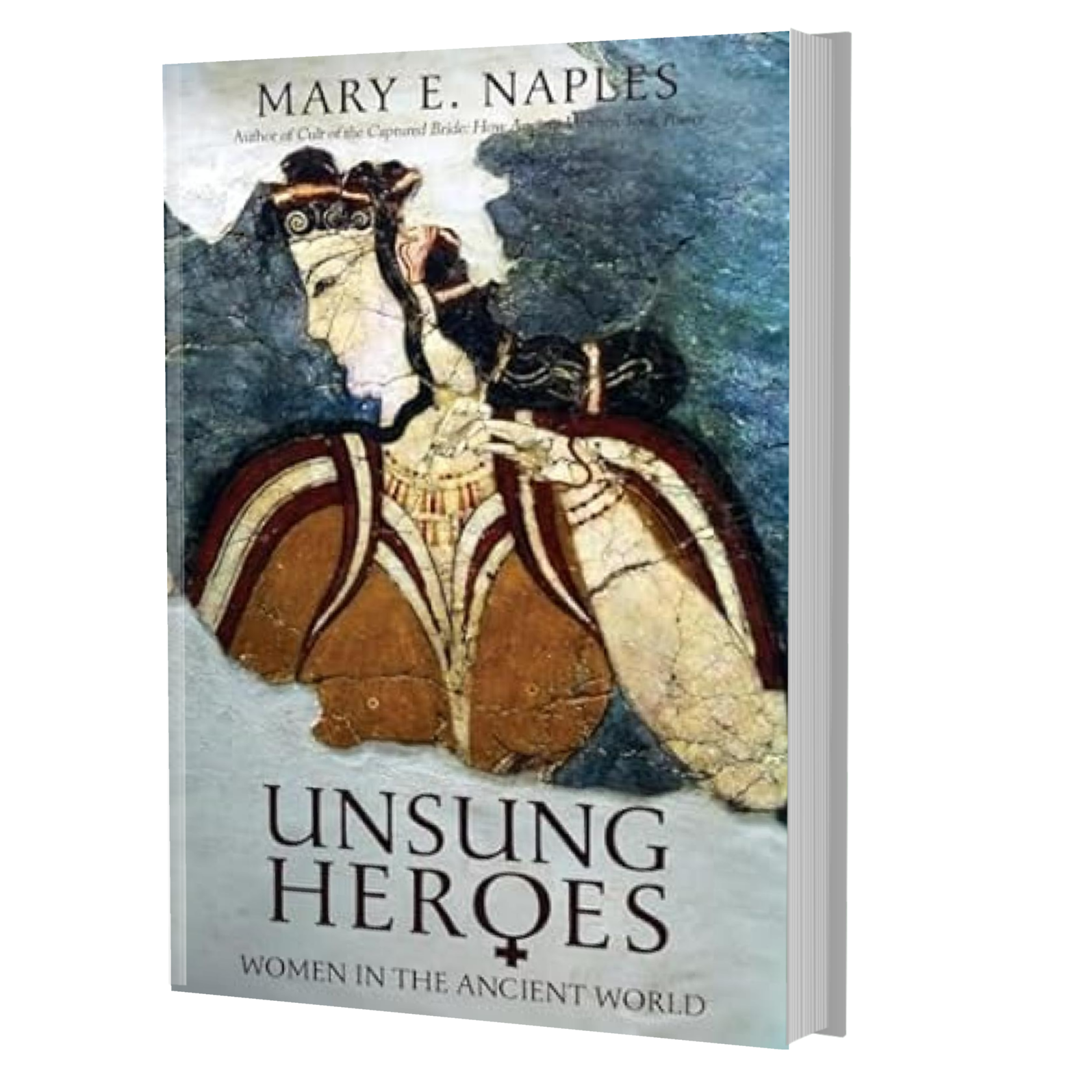Situated on the Mediterranean in today’s northern Syria, Ugarit, a second millennium Canaanite port city, was the site of a major excavation in 1928 that unearthed a veritable treasure of cuneiform alphabetic texts. Located in modern day Ras Shamra, the ancient tablets date back to the fourteenth century BCE and had text very similar to ancient Hebrew and Aramaic. The cuneiform text, which features the mythology of the region, had likely flourished for several hundred years. Asherah, called Athirat in Ugarit, figures prominently as the wife of El, the supreme god. In his preeminent book The Hebrew Goddess, Rafael Patai asserts: “Asherah was ‘progenitor of the gods:’ all other gods, numbering 70 were her children, including Baal and Anat, and other chief protagonists of the Ugarit pantheon.”[i] For perhaps hundreds of years before Abraham (ca 2200-1700 BCE) migrated to what would become known as Israel, Asherah was revered as Athirat, Earth Mother and Fertility Goddess.
Upon entering the region, the ancient Israelites soon adopted her and gave her the Hebrew equivalent name of Asherah. Judith Hadley, professor of Theology and Religious studies at Villanova University, in her paper “Asherah-Archeological and Textual Evidence” states: “The discovery of the Ugaritic material has established the existence of a goddess Asherah at Ugarit without any doubt. Although in Ugaritic her name appears as Athirat, this is etymologically equivalent to Hebrew Asherah.”[ii] The Ugarit excavation in 1928 put Asherah, the goddess, on the map again after having lost her place for thousands of years.
But who was Asherah to the ancient Israelites? And why is she often paired with Yahweh, their supreme god? Based on scholarly research, historians and archeologists have pieced together Asherah’s narrative finding large chunks of it interwoven in the artifacts from the region and in the sacred scriptures of the Hebrew Bible itself. The purpose of this paper is to uncover the lost Hebrew goddess by analyzing both her role within the ancient Israelite and Judaic cults and her relationship with Yahweh, the supreme Hebrew god. We will do this by discussing a portion of the archeological findings associated with Asherah from the region and some of the scholarship surrounding them. Because evidence suggests that Asherah was observed in ancient Israel and Judah as early as the twelfth century BCE to a few decades before the fall of the southern kingdom of Judah (ca 587-588 BCE), we will focus on this pre-exilic period.
Researching the presence of a Hebrew goddess begs the question: how monotheistic were the pre-exilic Israelites and Judeans? Certainly, the very notion of polytheism is inherent in the quest for Asherah. Moreover, the many artifacts representing Asherah and her cult from the region belies the biblical prohibition against the creation of idols. Although discussing the intricacies of the Bible is beyond the scope of this paper, we will assess a portion of the scholarly research associated with the bible pertaining to Asherah the goddess, and asherah, her cult symbol.
……………………………

Did the monotheistic Judaic god have a wife? Find out in my book Unsung Heroes on Amazon.
